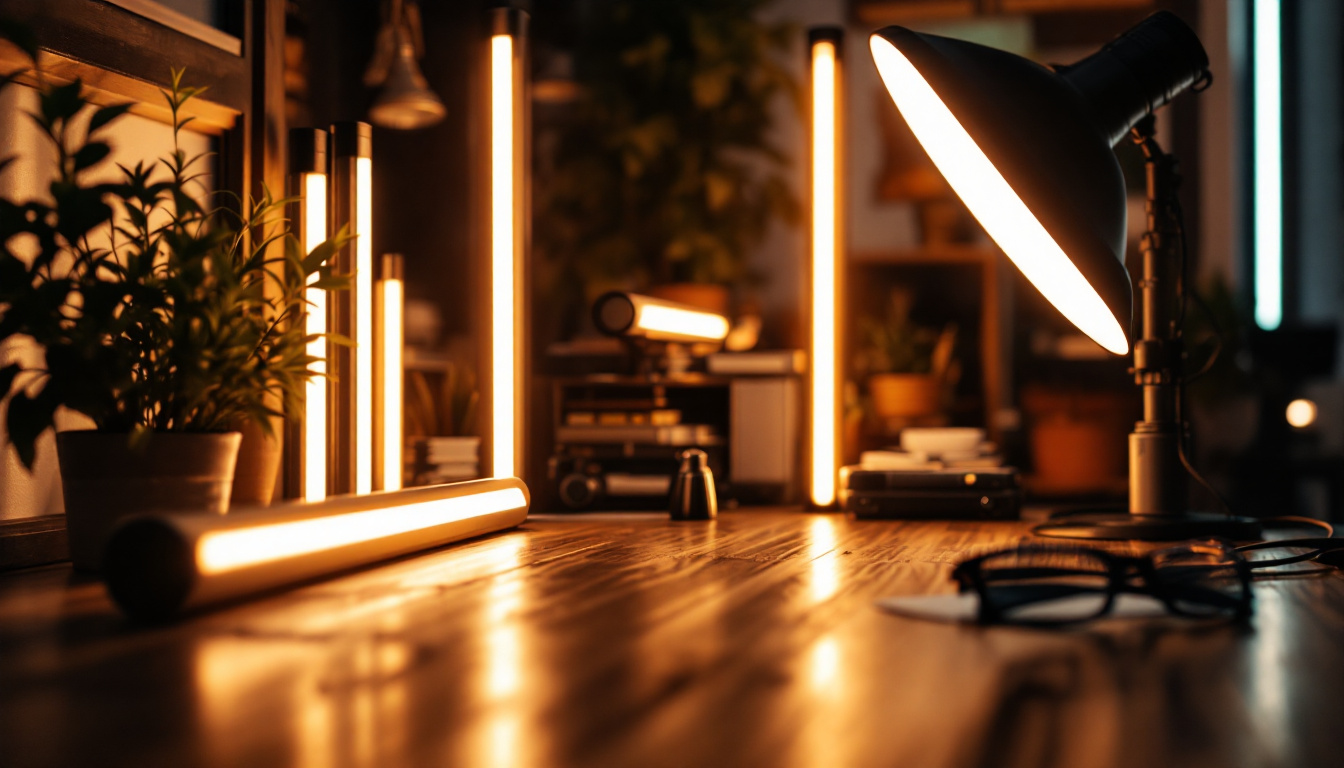
In the ever-evolving landscape of lighting technology, LED light tubes have emerged as a popular choice among lighting professionals. Their energy efficiency, longevity, and versatility make them an attractive option for various applications, from residential to commercial settings. However, selecting the right LED light tubes requires careful consideration of several factors. This essential checklist aims to guide lighting contractors through the critical elements to consider when working with LED light tubes.
Before diving into the checklist, it is crucial to understand what LED light tubes are and how they differ from traditional fluorescent tubes. LED light tubes utilize light-emitting diodes to produce illumination, offering numerous advantages over their incandescent and fluorescent counterparts. Unlike fluorescent tubes, which rely on gas and phosphor coatings to generate light, LED tubes emit light directly from semiconductor materials, resulting in a more efficient and durable lighting solution.
These tubes are available in various lengths and configurations, making them suitable for a wide range of fixtures. Additionally, LED tubes are known for their lower energy consumption and longer lifespan, making them a cost-effective choice for both contractors and clients. Their versatility allows for applications in commercial, industrial, and residential settings, from illuminating office spaces to enhancing the ambiance of homes. The ability to dim LED tubes also adds to their appeal, providing customizable lighting options that can adapt to different activities and moods.
LED light tubes come in different types, each designed for specific applications. The most common types include:
The benefits of LED light tubes extend beyond energy savings. They also contribute to improved lighting quality, reduced maintenance costs, and enhanced environmental sustainability. Here are some key advantages:
Moreover, LED light tubes offer superior color rendering capabilities, enhancing the appearance of colors in any space. This feature is particularly important in settings such as art galleries or retail stores, where accurate color representation is crucial for both aesthetics and customer satisfaction. Additionally, many LED tubes are now available with smart technology, allowing for integration with smart home systems. This means users can control their lighting remotely, set schedules, and even adjust brightness levels through their smartphones, further enhancing convenience and energy management.
With a clear understanding of LED light tubes and their benefits, it’s time to delve into the essential checklist for lighting professionals. This checklist will help ensure that the right products are selected for each project, maximizing both performance and client satisfaction.
The first step in the selection process is to determine the application for which the LED light tubes will be used. Different environments have varying lighting needs, and understanding these requirements will guide the selection process.
For instance, commercial spaces such as offices may require bright, uniform lighting to enhance productivity, while residential settings may benefit from warmer, softer light for ambiance. Identifying the specific needs of the space will help narrow down the options available.
Compatibility with existing fixtures is another critical factor. Not all LED light tubes are designed to fit every type of fixture, and ensuring compatibility can prevent installation headaches down the line.
Contractors should assess the type of fixture currently in use and determine whether direct replacement, ballast bypass, or hybrid tubes are the best fit. This evaluation will also include checking the dimensions of the fixture to ensure the selected tubes will fit properly.
Lumen output is a crucial specification that indicates the brightness of the LED light tube. When selecting tubes, it is essential to match the lumen output to the intended application.
For example, spaces requiring high levels of illumination, such as warehouses or manufacturing facilities, will need tubes with higher lumen outputs. Conversely, areas designed for relaxation, such as living rooms or lounges, may benefit from lower lumen outputs to create a more inviting atmosphere.
Color temperature plays a significant role in the overall aesthetic and functionality of lighting. Measured in Kelvin (K), it describes the warmth or coolness of the light emitted by the tube.
Lighting professionals must consider the color temperature that best suits the application. Common color temperatures include:
Understanding the psychological effects of color temperature is crucial. Warmer tones can promote relaxation, while cooler tones can enhance alertness and concentration. Selecting the appropriate color temperature can significantly impact the mood and productivity of individuals in a space.
One of the primary reasons for the shift towards LED light tubes is their energy efficiency. However, evaluating energy savings requires a comprehensive understanding of wattage and operational costs.
When comparing LED tubes to traditional fluorescent options, contractors should calculate the energy savings over time. This involves assessing the wattage of the current lighting solution and comparing it to the wattage of the proposed LED tubes.
For example, if a fluorescent tube consumes 32 watts and the LED replacement consumes 15 watts, the savings per tube can be calculated. Over the lifespan of the LED tube, these savings can add up significantly, providing a compelling argument for clients.
Many utility companies offer rebates and incentives for switching to energy-efficient lighting solutions. Lighting professionals should research available programs in their area, as these incentives can further offset the initial investment costs for clients.
Proper installation is essential for maximizing the performance and lifespan of LED light tubes. Lighting contractors must pay attention to several installation factors to ensure optimal results.
Understanding the electrical requirements of the chosen LED tubes is vital. This includes voltage specifications and whether the tubes require a ballast or can be wired directly to the power source.
Contractors should also ensure that the existing wiring is in good condition and capable of supporting the new lighting solution. Any necessary upgrades should be addressed before installation to avoid complications.
Different types of LED tubes may require varying installation techniques. For instance, direct replacement tubes can often be installed quickly, while ballast bypass tubes may necessitate more extensive electrical work.
Contractors should follow the manufacturer’s installation guidelines closely to ensure safety and compliance with local codes. Proper installation not only enhances performance but also extends the lifespan of the lighting solution.
While LED light tubes are known for their longevity, regular maintenance can further enhance their lifespan and performance. Understanding maintenance requirements is essential for lighting professionals.
Conducting regular inspections can help identify potential issues before they escalate. This includes checking for flickering lights, discoloration, or any signs of damage. Early detection can prevent costly replacements and ensure consistent lighting quality.
Dust and debris can accumulate on LED tubes, affecting their brightness and efficiency. Regular cleaning is essential to maintain optimal performance. Contractors should recommend appropriate cleaning methods to clients, ensuring that they use non-abrasive materials that won’t damage the surface of the tubes.
In conclusion, LED light tubes represent a significant advancement in lighting technology, offering numerous benefits for both contractors and clients. By following this essential checklist, lighting professionals can make informed decisions that enhance the quality of their projects while maximizing energy efficiency and cost savings.
From understanding the various types of LED tubes to considering installation and maintenance, each step in the selection process contributes to a successful lighting solution. As the demand for energy-efficient lighting continues to grow, staying informed and equipped with the right knowledge will ensure that lighting contractors remain competitive in the industry.
Ready to elevate your lighting projects with the highest quality LED light tubes? Look no further than LumenWholesale, where we provide spec-grade lighting solutions at unbeatable wholesale prices. Our commitment to quality, affordability, and convenience ensures that you have access to the best lighting products for any application. Say goodbye to inflated markups and hello to hassle-free bulk buying with free shipping. Take the first step towards superior lighting for your projects by visiting Wholesale Lighting at the Best Value today.
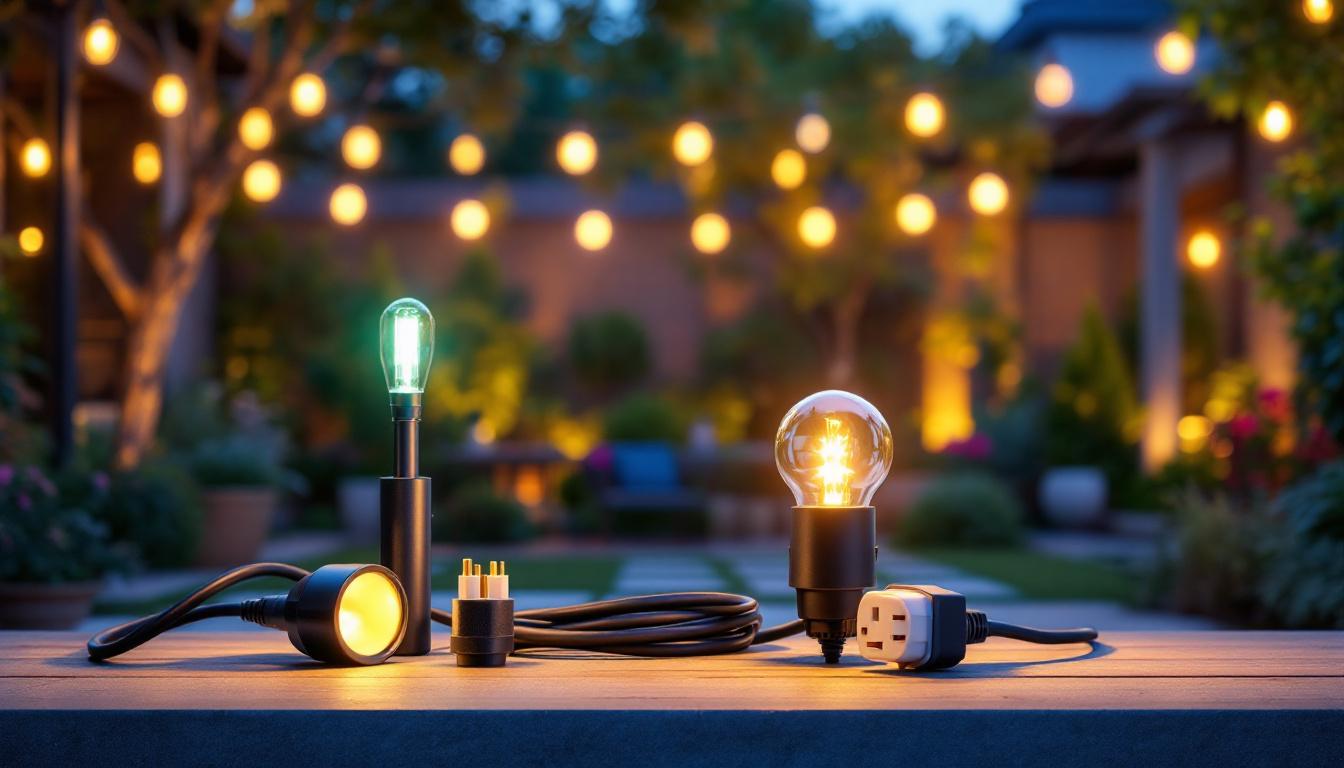
Discover essential insights into selecting and installing plugs for outdoor lighting with our comprehensive guide tailored for lighting contractors.
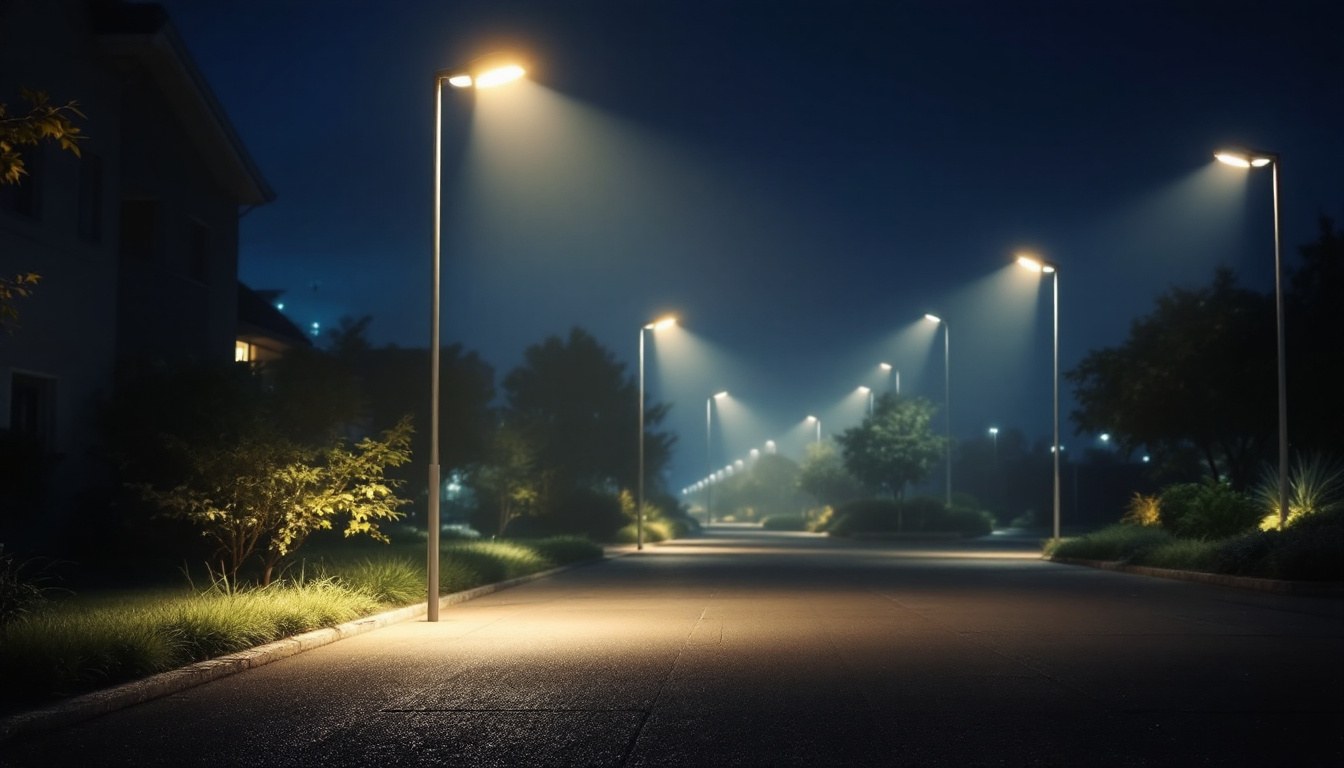
Discover how flood light outdoor installations can boost your profitability with strategic placement and energy-efficient solutions.
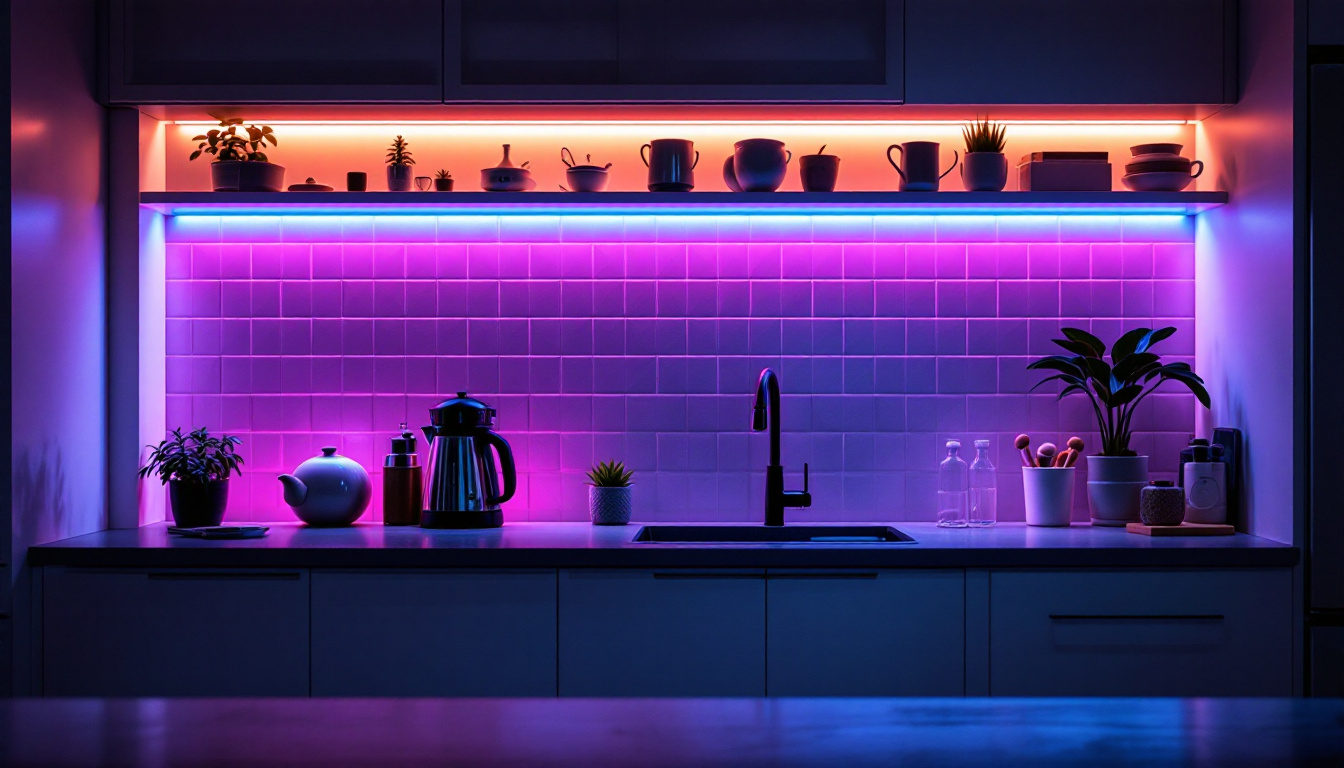
Discover how LED under counter strip lights are revolutionizing the lighting industry with their energy efficiency, versatility, and modern aesthetic appeal.
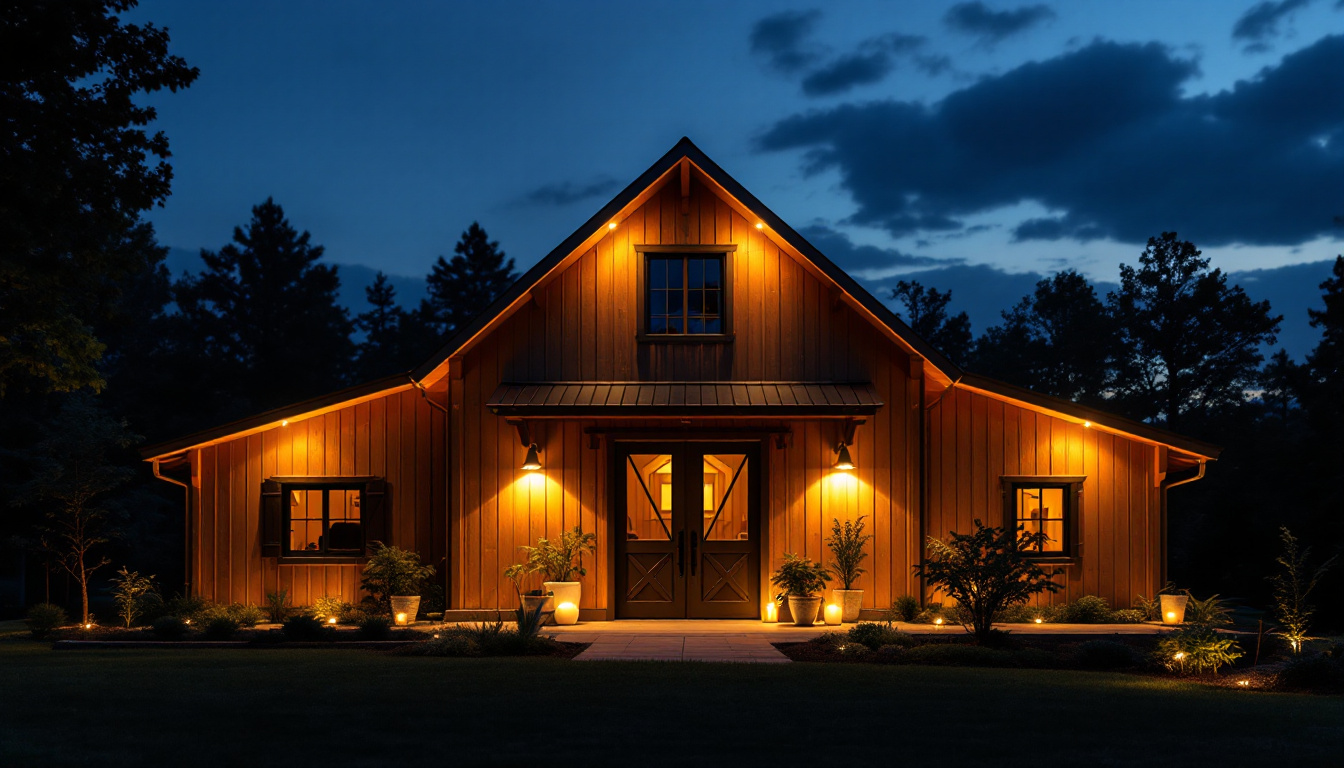
Discover essential insights into barn exterior lighting with our comprehensive guide tailored for lighting contractors.